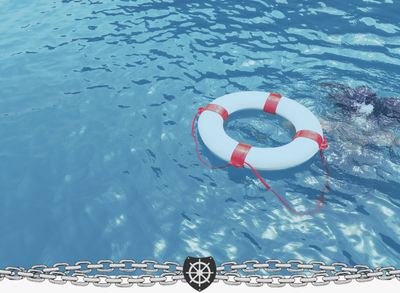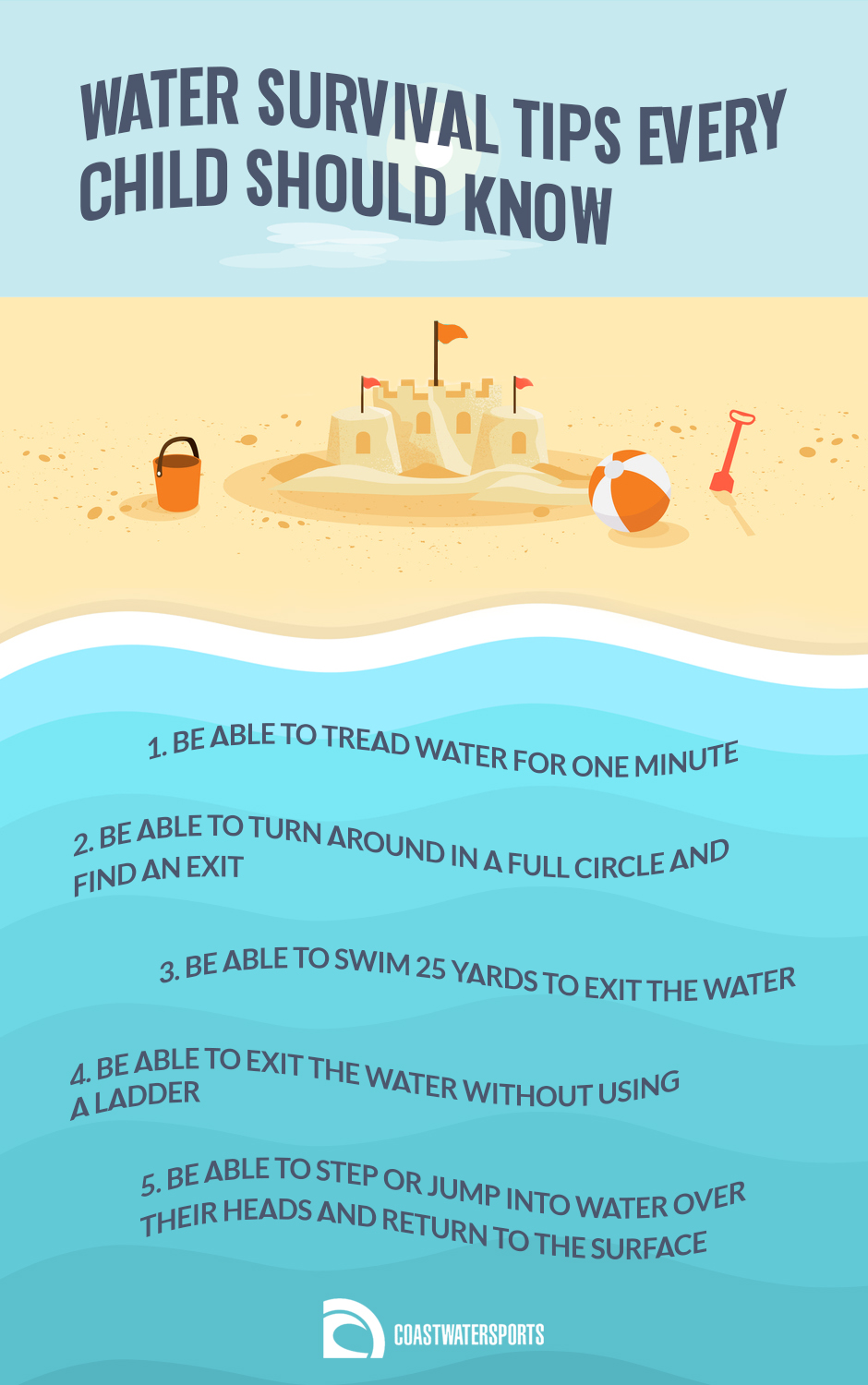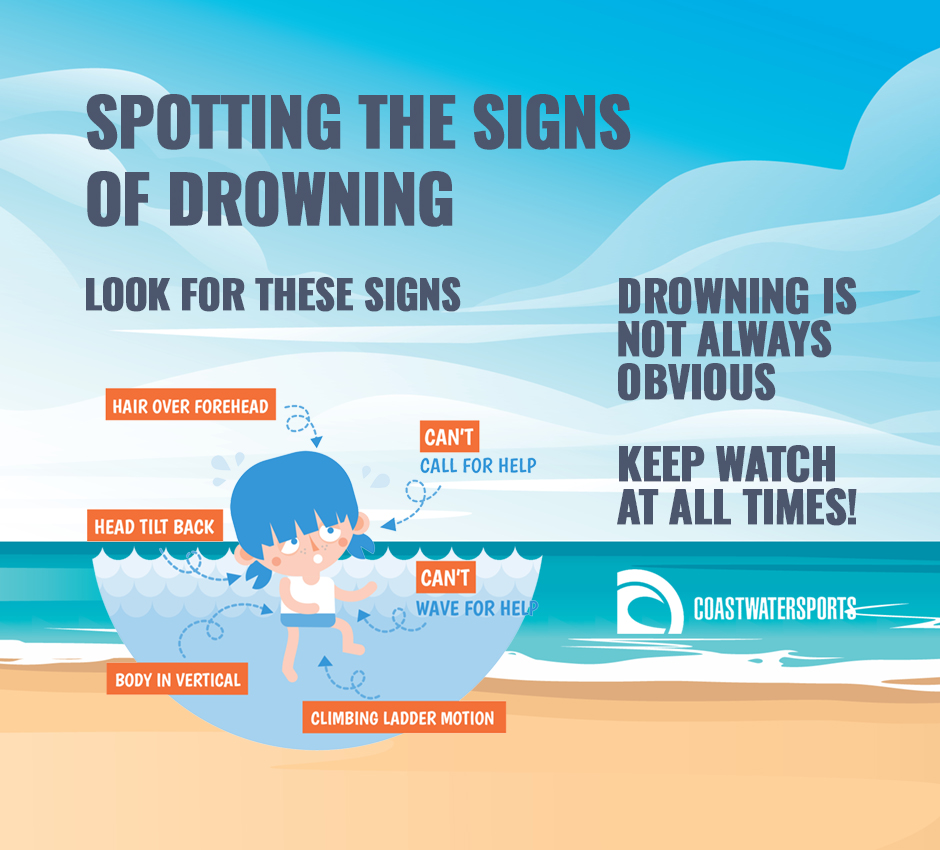Drowning
Statistics
Define: Drowning
Drowning is when someone has difficulty breathing because their nose and/or mouth are submerged in water (or a liquid). When someone is drowning, it may not always look like the distressed call for help that most people expect from watching TV or films. They may go unnoticed, even if friends or family are nearby. Therefore, it is crucial you are always alert when around pools and the sea.

Choosing The Right Life Jacket or Buyoancy Aid

50N: Foam buoyancy aids are rated 50N and are only suitable for competent swimmers and should be used in sheltered water where help is close at hand. 50N life jackets only provide support to conscious people who can help themselves.

100N: Life jackets rated 100N are suitable for swimmers and non-swimmers in inshore & coastal waters. They give a reasonable assurance of safety from drowning in relatively calm waters. This particular rating does not guarantee to self-right an unconscious user and should not be expected to protect the airway in rough waters.

150N: Life jackets are for swimmers and non-swimmers and are for use in all but the most severe conditions. These particular life jackets give reasonable assurance of safety from drowning for people who are not fully capable of helping themselves.

275N: Life jackets which are rated 275N are the most buoyant, for swimmers and non-swimmers. This particular rating is a high-performance jacket for offshore and severe conditions when maximum protection is required. While they cannot be guaranteed to self-right an unconscious user, this particular life jacket will provide great buoyancy in the majority of cases.






